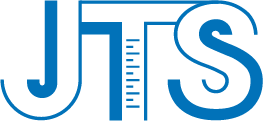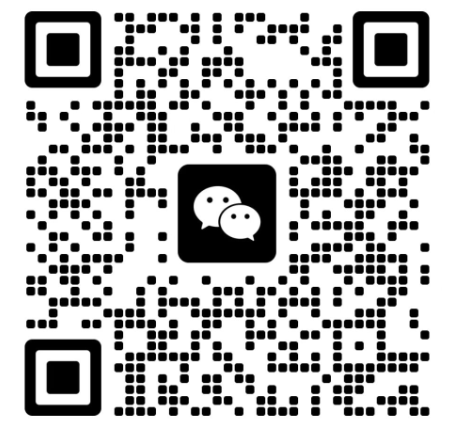HOUSEHOLD PRODUCTSProduct
Your Location:Home > HOUSEHOLD PRODUCTSCAL TB 117-2013 (abbreviated as TB 117-2013), whose full name is "California Technical Bulletin 117-2013", is a mandatory flammability safety standard established by the State of California, USA, for upholstered furniture materials. It assesses the smolder resistance of furniture materials when exposed to a lit cigarette. The standard took effect on January 1, 2014, and was incorporated into US federal law via the HR 133 Consolidated Appropriations Act in December 2020 as 16 CFR 1640, becoming mandatory across the entire United States from June 25, 2021. It applies to all upholstered furniture (excluding mattresses and bed bases) imported or sold within the United States.
1. Definition
CAL TB 117-2013 superseded TB 117-2000 (the 1975 version). A key revision in the 2013 version was the removal of the open flame test, shifting the focus to assessing the fire risk from cigarette smoldering, as statistics showed this to be a more common cause of real-life furniture fires.
•Smolder Resistance: The ability of a material to resist ignition and the spread of smoldering (a slow, flameless combustion) caused by a lit cigarette.
•Upholstered Furniture: Furniture products containing resilient filling material (e.g., foam, fiberfill, feathers) and covered by a textile or related material, such as sofas, armchairs, office chairs, etc.
•Barrier Material: A layer of material placed between the outer cover fabric and the filling material. If the outer cover fabric fails the test, using a barrier material that passes the test can allow the final product to comply with the standard.
2. Scope of Application
The standard's requirements are applied to material components, not the finished furniture product as a whole.
1) Products and Materials Covered
•Product Types: Upholstered furniture intended for indoor use, such as sofas, armchairs, dining chairs, office chairs, and upholstered stools.
•Material Components: The standard specifies testing for the following four material types:
•Cover Fabrics: The outermost decorative fabric of the furniture.
•Filling Materials: Primarily include resilient fillings such as foam (polyurethane), fiberfill, feathers, and polystyrene beads.
•Barrier Materials: A protective layer located between the cover fabric and the filling materials.
•Decking Materials: Materials used for support underneath the seat cushions.
2) Exempted ProductsThe following products are typically exempt from complying with CAL TB 117-2013:•Outdoor Furniture: Upholstered furniture clearly intended for outdoor use only.
•Specific Constructions: Furniture with filling material less than 1/2 inch (approx. 12.7 mm) thick and without both horizontal and vertical intersecting surfaces.
•Certain Juvenile Products: Such as bassinets, children's booster seats, car seats, changing pads, playpens, infant carriers, and strollers.
3. Test Items
The core of CAL TB 117-2013 testing is the cigarette smolder test. During testing, the sample material is combined with a standard, non-fire-retarded material provided by the laboratory to form a specific "test mock-up," simulating a common seam or crevice area in furniture. A lit standard cigarette is then placed on this mock-up.
4. Other Important Considerations
1) Labeling Requirements:
•All upholstered furniture complying with CAL TB 117-2013 must have a permanent label attached (typically on the furniture body or under the seat cushion).
•The label must clearly state wording such as: "Complies with U.S. CPSC requirements for upholstered furniture flammability" or "Complies with CA TB 117-2013".
•The label should also indicate whether added flame retardant chemicals are present, allowing consumers to make informed choices.
2) Use of Flame Retardant Chemicals:•Important Change: The TB 117-2013 standard does not mandate the use of added flame retardant chemicals. Materials can comply through their inherent physical structure (e.g., high-density foam), the use of inherently flame-resistant fibers (e.g., aramid), or the addition of barrier layers. This provides a pathway for manufacturers to produce furniture without added flame retardants, addressing concerns about the potential health and environmental impacts of certain flame-retardant chemicals.
3) Distinction from Other Standards:•vs. Old TB 117-2000: The 2013 version eliminated the open flame test, focusing solely on smoldering, and changed the compliance strategy, reducing reliance on chemical flame retardants.
•vs. TB 133: TB 133 is a standard for upholstered furniture in public occupancies (e.g., hospitals, prisons, hotels), using a stronger ignition source (e.g., a propane burner), and has more stringent requirements.
•vs. International Standards: Standards like the UK's BS 5852 and the EU's EN 1021 are common for furniture flammability but may have different test methods and requirements compared to CAL TB 117-2013. Products exported to different markets must comply with local regulations.
J-Testing is a CNAS, CMA, and CPSIA accredited laboratory, committed to providing global clients with professional third-party testing, consulting services, and cross-border certification assistance.






 Our Service
Our Service
